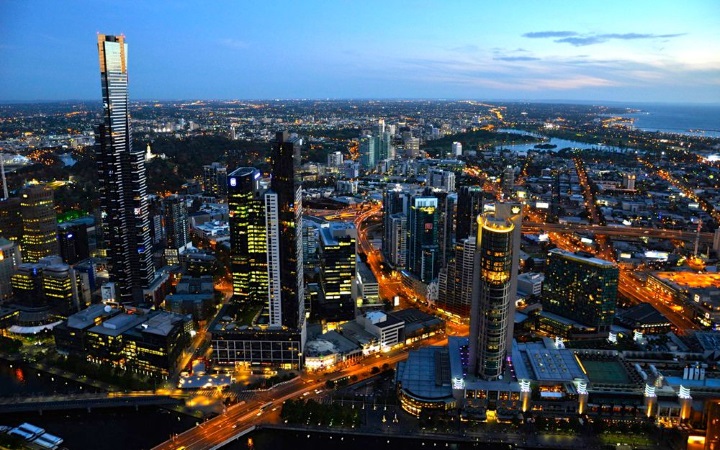
The first quarter of the year may be over, but it’s still not too late for developers and investors to review hot market trends and adjust their business plans based on the tendencies that will dominate the months ahead. Last year, the Australian real estate market was marked by low affordability, high demand, rise of home loan interest rates, and inflow of Chinese capital, and 2017 will be characterized by a continuation of some of these trends and a few new tendencies such as emphasis on housing affordability, a shift of local investors’ attention to opportunities overseas, drop in properties for sale, and apartment oversupply. So, how exactly will Australia’s real estate market look in the months to come?
1. Increase of home loan interest rates
Last year, banks stepped up home loan interest rates even though the Reserve Bank of Australia (RBA) made two separate interest rate cuts within just a few months. The trend will persist in 2017 as well, and home loan interest rates are likely to increase further even if RBA decides to keep its rates stable or bring them down a few notches. This is especially true of commercial property loans, which may go up in case the Australian Prudential Regulation Authority adopts macro prudential measures to limit lending to property investors.
2. Continued inflow of Chinese capital
In 2016, the Australian real estate market was in the focus of attention for Chinese investors, and it seems the situation won’t change until the end of the year. Compared to Britain and the U.S., Australia will be a relatively safe destination for realty investments flowing in from China. For this reason, flocks of real estate sharks from abroad looking to slap their name on residential and commercial property, arable land, and development sites across Australia will only grow more numerous in the months to come.
3. Housing affordability in the spotlight
As an increased number of young families face home purchase funding problems, the debate on housing affordability will become heated across Australia in the months to come. As an easy fix for would-be property owners who can’t afford to buy homes of their own just yet, the concept of rentvesting will grow popular among millennials. Compared to buying, renting entails greater freedom and flexibility in terms of lifestyle while allowing renters to gradually save towards their dream home instead of having to settle for a less than stellar first home.
4. Supply of apartments on overdrive
In the past few years, the price of apartments in most capital cities in Australia surged, and 2017 will be marked by stagnation or drop of interest in residential development until the oversupply of apartments on offer in Melbourne and Brisbane is absorbed. At the same time, the price of residential property in hot locations will drop due to the basic principle of demand, supply, and price correlation. And while this is great news for first-time homebuyers, it won’t exactly work in the interest of investors or banks, which may have to go back to the drawing board and re-evaluate the plans for the period ahead.
5. Dramatic drop in properties on sale
Even though the price of apartments in the Land Down Under will drop in the next few months, properties for sale won’t grow along with the hike in apartment supply. Even real estate owners eager to move home or downsize will be more likely to stay put and invest in renovation than to cash out for new property and thus avoid unwarranted hassle and costs. Fortunately, the drop of interest in housing won’t affect the situation on the commercial property market, which is good news for developers facing a completion of construction works in the next few months.
6. Sydney top property ROI performer
For a couple of years now, Sydney has been recording low vacancy rates for office and industrial property, and it will remain the national top performer in 2017 as well. The tendency will remain particularly pronounced in Sydney’s CBD where vacancy rates for commercial property will drop due to Sydney Metro construction and anticipated hike in white collar employment.
As far as Australia’s real estate market is concerned, the year ahead will be pretty interesting. In case you’re unsure whether and when it would be smart to invest in residential or commercial property, you’d better make the move sooner rather than later; after all, there’s no knowing if 2018 will be kinder or crueler to realtors than 2017.





